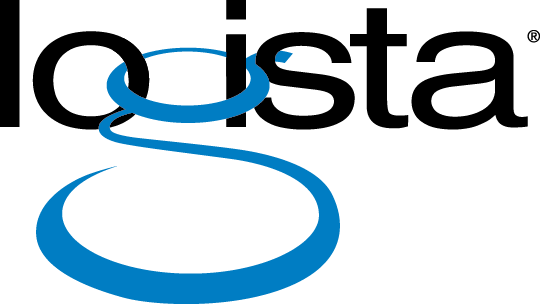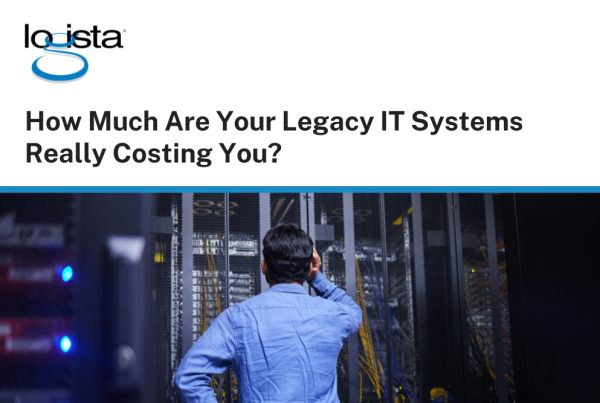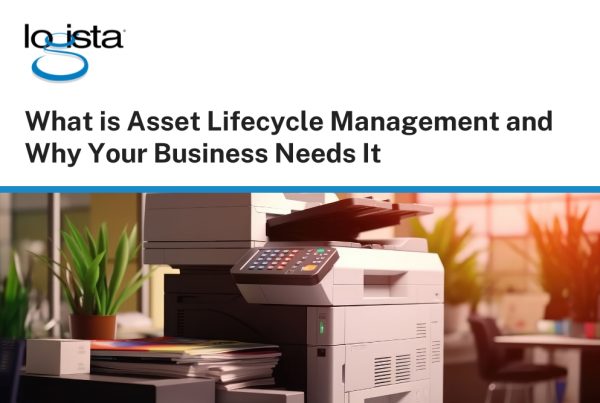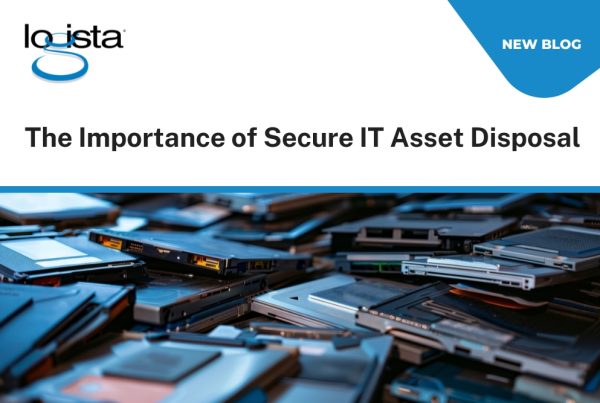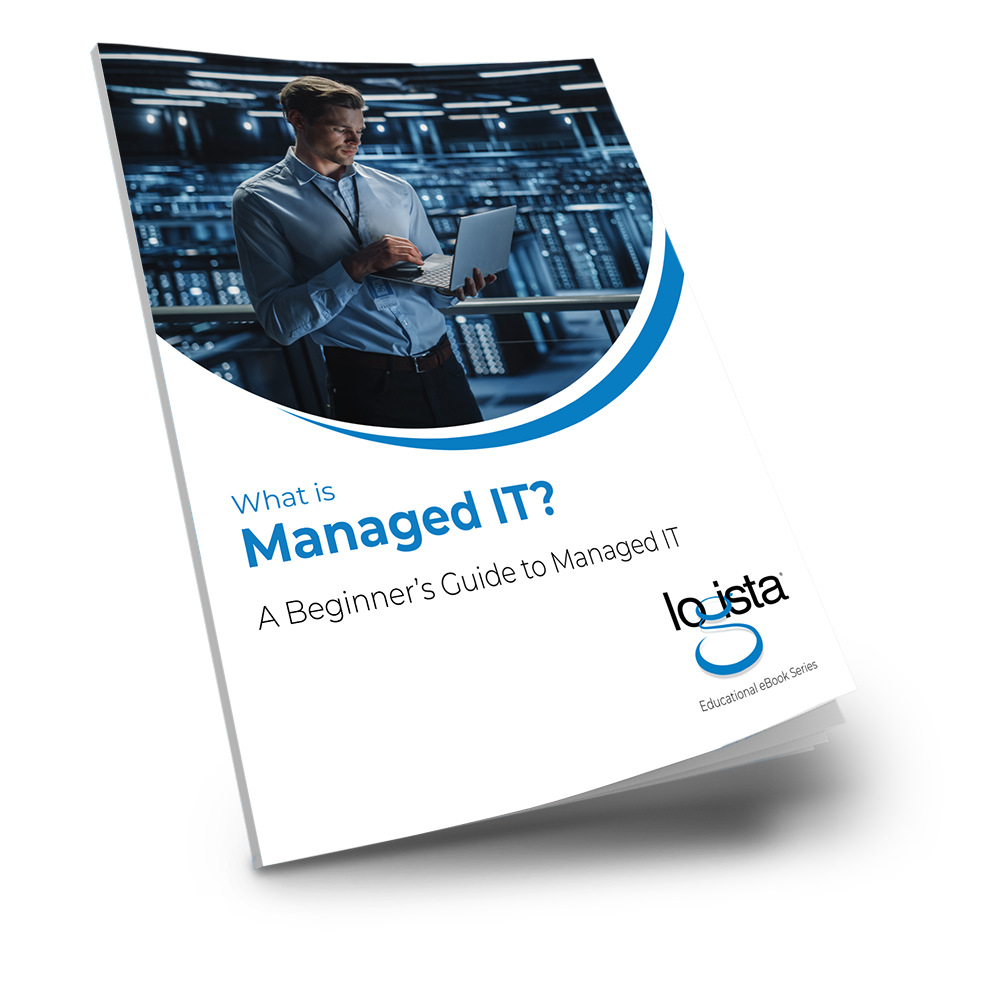Every device in your business has a story. From the moment it is unboxed to the day it is retired, your technology supports everything from communication and collaboration to data security and customer service. But what happens when that technology reaches the end of its life?
When manufacturers stop providing updates, parts, or security support, the risks begin to add up. Performance slows, costs rise, and vulnerabilities increase. Many organizations try to stretch hardware past its prime, but that approach often leads to greater problems later.
Replacing old equipment is only part of the story. True lifecycle management means keeping every device working at its best from the moment it’s deployed to the day it’s retired.

What the Technology Lifecycle Really Involves
The technology lifecycle covers every phase of a device’s existence, from its initial purchase to its final decommissioning. When managed properly, this process ensures that each asset remains secure, compliant, and aligned with business goals.
A complete lifecycle strategy includes seven stages: acquisition, configuration, installation, maintenance, relocation, upgrades, and disposition. Each stage plays a vital role in reducing risk, improving visibility, and ensuring that assets deliver consistent value throughout their use.
Ignoring these stages often leads to hidden costs and security exposure. By managing assets holistically, businesses can keep technology aligned with strategy and reduce surprises when hardware reaches end-of-life.
Common Asset Management Challenges Businesses Face
Managing IT assets might sound simple, but in practice, it’s often anything but. Many organizations run into recurring issues that make it hard to keep track of equipment, software, and licenses throughout their lifecycle, leading to wasted time, compliance gaps, and avoidable costs.
Distributed management and ownership of IT assets
In many businesses, different departments or offices purchase and manage their own equipment. This creates scattered ownership and inconsistent record keeping. Without centralized control, tracking device performance and lifecycle stages becomes nearly impossible.
Lack of visibility impacting audits and validation
Without an accurate view of all assets, companies struggle to know what they own, where it is located, and whether it complies with policy. This lack of visibility slows audits, increases the risk of failed compliance checks, and leads to duplicate or lost equipment.
Lack of policy enforcement
Even when lifecycle or usage policies exist, enforcement is often inconsistent. Hardware can remain in service long after it should have been replaced, exposing the business to outdated software, slower performance, and higher maintenance costs.
Financial, compliance, and security risks
Unsupported hardware no longer receives firmware or security updates, leaving the network exposed to potential breaches. Older systems often don’t meet modern compliance standards and require more manual attention, increasing both cost and risk.
Shadow IT and external purchasing
Employees sometimes purchase unapproved hardware or software on their own to solve immediate needs. These off-the-books devices bypass IT oversight and can introduce data security and compatibility problems that the organization never intended.
These challenges compound over time. Without visibility, structure, and accountability, even well-intentioned IT investments can lose value.
The End-to-End Solution: Managing Assets from Start to Finish
End-to-end asset management is about controlling the full journey of every device. It ensures that each asset is purchased, configured, maintained, and retired within a structured framework.
Here’s how each stage supports the broader lifecycle.
Acquisition
Centralized purchasing ensures that new equipment meets company standards and integrates easily into existing systems. By aligning procurement with long-term business needs, organizations can simplify maintenance and reduce unnecessary variation across devices.
Configuration
Before deployment, each asset should be properly imaged, secured, and tagged. Standard configurations reduce setup errors and make ongoing management easier. Automated configuration tools can help maintain consistency across departments and sites.
Installation
During installation, every device should be logged into the asset database with full details about location, owner, and specifications. Accurate records from day one prevent future confusion and simplify troubleshooting.
Maintenance
Regular maintenance keeps technology reliable and secure. Routine software updates, hardware checks, and proactive monitoring help detect performance issues before they cause downtime. A strong maintenance plan extends hardware life and ensures predictable performance.
Relocation
When employees move or offices change, devices often move with them. Tracking each relocation keeps inventory records accurate and ensures compliance with company policy. This step also helps prevent lost or unaccounted-for assets.
Upgrades
Planned upgrades are far less disruptive than emergency replacements. Businesses should schedule refresh cycles based on warranty timelines, manufacturer EOL notices, or performance benchmarks. This approach helps avoid productivity interruptions and sudden costs.
Disposition
When equipment reaches the end of its usable life, proper disposal protects both data and the environment. Secure data destruction and certified recycling prevent sensitive information from being exposed and support sustainability goals.
A well-defined lifecycle plan ensures that every step is documented, measurable, and aligned with company objectives.
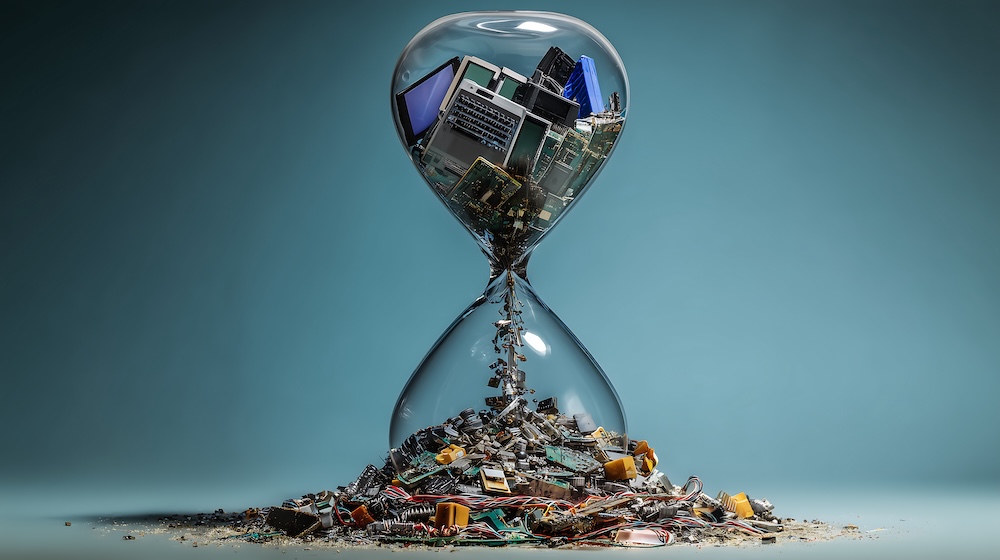
What Happens When Hardware Reaches End-of-Life
End-of-life doesn’t just mean the end of warranty coverage. It means that the manufacturer has stopped offering updates, patches, and technical support. Continuing to rely on EOL equipment can lead to serious business consequences.
Security vulnerabilities
When a device no longer receives firmware or software updates, it becomes an easy target for cybercriminals. Vulnerabilities in outdated hardware are often exploited to gain access to sensitive data or disrupt business operations.
Compliance failures
In regulated industries such as healthcare, finance, and education, outdated hardware can cause compliance violations. Systems that are no longer supported may fail to meet the technical standards required for secure data handling.
Reduced productivity and downtime
Older equipment can slow down the business, fail to integrate with modern applications, or require frequent repairs. These issues interrupt workflows and frustrate employees, leading to productivity loss.
Hidden costs
Businesses often assume that extending the life of existing hardware saves money, but the opposite is usually true. Energy inefficiency, higher maintenance costs, and emergency service calls all increase total ownership costs over time.
Lost data or security breaches
Improperly decommissioned equipment can leave behind recoverable data. Without proper wiping or destruction, confidential information can fall into the wrong hands, creating financial and reputational damage.
Understanding what happens when technology reaches EOL allows businesses to plan upgrades before these risks become reality.
How to Stay Ahead: Building a Proactive Lifecycle Management Plan
By putting a few key practices in place, organizations can stay ahead of end-of-life challenges and make lifecycle management part of their broader IT strategy.
Maintain a centralized asset inventory
A single, accurate database of all hardware assets is the foundation of effective lifecycle management. Modern asset management software can track device age, warranty status, configuration details, and support coverage in real time.
Set and enforce clear policies
Establish defined refresh cycles and ownership responsibilities for each type of asset. Policies should include security protocols, software update schedules, and disposal standards. Automated enforcement tools can help maintain compliance.
Partner with a Managed IT or Asset Management Provider
Working with an experienced provider ensures continuous monitoring and strategic planning. A trusted partner can handle updates, track EOL notices, forecast replacement needs, and securely dispose of outdated devices.
Plan for EOL early
Waiting for equipment to fail leads to disruption. Instead, plan for upgrades at least six to twelve months before a device’s end-of-life date. Proactive planning allows for budgeting, testing, and smooth transitions without downtime.
Include sustainability goals
Sustainability is increasingly important in technology decisions. Partner with vendors who offer responsible recycling or device trade-in programs. Proper e-waste management not only supports the environment but also enhances your company’s reputation.
With a structured approach, hardware lifecycle management becomes predictable and cost-effective rather than reactive and chaotic.
The Payoff: Better Performance, Predictability, and Protection
When businesses stay on top of their technology assets from purchase to retirement, the value goes well beyond keeping things running smoothly.
- Improved performance through consistent upgrades and maintenance
- Reduced downtime due to proactive replacement planning
- Lower costs from standardized purchasing and predictable refresh cycles
- Stronger cybersecurity by ensuring all active devices are supported and patched
- Simpler compliance with clearer audit trails and documented asset histories
- Greater sustainability through responsible disposal and recycling practices
This kind of visibility and structure gives IT leaders confidence that every dollar spent on technology contributes to long-term value rather than short-term fixes.

From Reactive to Ready
Every device eventually reaches the end of its life, but that moment does not have to be disruptive. When businesses manage the full technology lifecycle, they replace uncertainty with clarity and risk with readiness.
From acquisition to disposition, every stage matters. Consistent asset management protects data, preserves productivity, and prevents costly surprises. Organizations that treat lifecycle management as an ongoing process rather than an occasional task gain control over both their technology and their future.
Now is the time to evaluate your current asset strategy and ask whether your hardware is being managed to its full potential. With the right plan in place, reaching end-of-life becomes a planned milestone, not a crisis.
About Logista Solutions
Logista Solutions is a nationally recognized leader in a broad range of technology management solutions. As one of the largest technology support providers in the U.S., Logista provides innovative and holistic solutions to help companies take control of their IT infrastructure and achieve better business outcomes. Popular services include Managed IT as a Service, VoIP and Unified Communications, Managed Print, Cloud Services and Asset Disposition.
